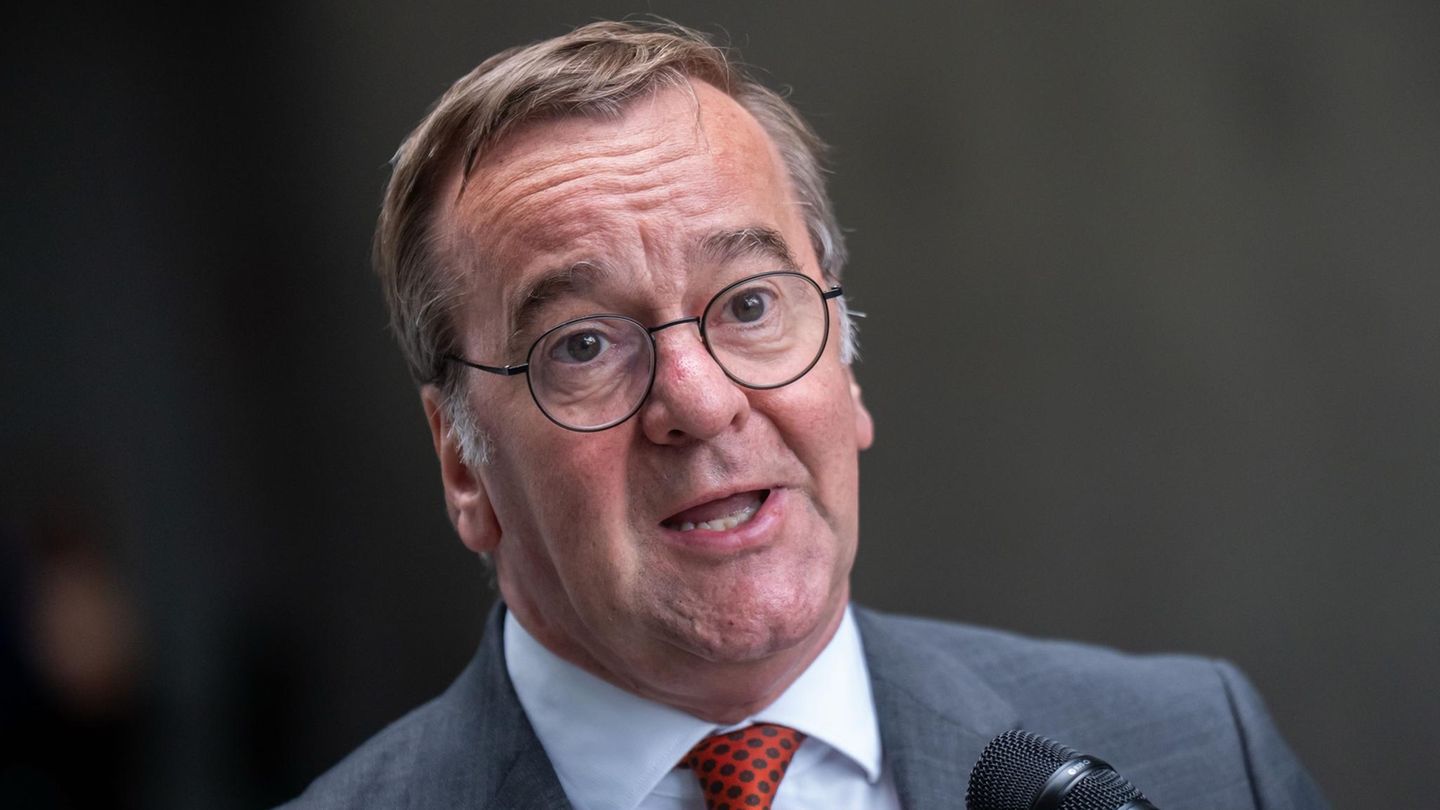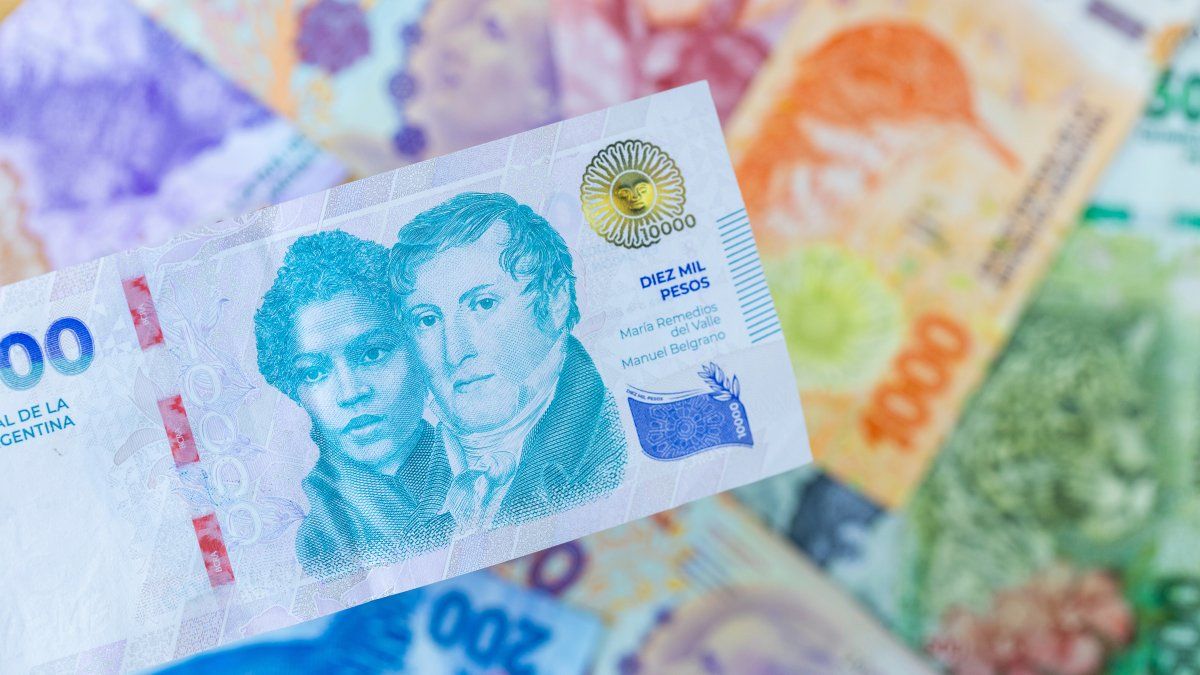The United States Federal Reserve (Fed) will cut its interest rate in September, the market is confident, after the data from employment Friday, while a slowdown in the demand is expected this week. inflation in June.
Investors believe Friday’s jobs report, which showed a weakening labor market, strengthens the case for a rate cut in two months by the Fed. Fedand futures now point to a 77% probability.
The verification, or not, will come on Thursday with the publication of the report of consumer prices (CPI) from the United States, where it is expected that the general inflation slow from 3.3% to 3.1%, while the Underlying inflation will remain at 3.4%.
“We are on the verge of several key economic reports that could significantly influence the policy of the Fed. Particular attention will be paid to the June CPI, which is expected to continue the trend of moderate inflation,” said Bruno Schneller of Erlen Capital Management.
The reaction of investors is clear: the Treasury bond yield The 10-year U.S. bond yield rose about 4 basis points to 4.31% on Monday, after touching 4.49% earlier last week as the dollar weakened.
Policy makers of the Fed indicated at their June meeting that they expect only one rate cut this year, a forecast that pointed to a December start for any policy easing.
Federal Reserve Chairman, Jerome Powellsaid they would need to be sure inflation was heading toward their 2% target before cutting rates, and indicated that any unexpected weakening in the labor market could trigger a cut.
Dollars Pesos
The dollar has risen four times in a row in Uruguay.
Photo: Juan Carlos Caceres
What will happen to the dollar, investments and bonds in Uruguay?
Analysts differ on the effect of a rate cut. Fed could have on the local exchange rate, taking into account that the dollar at a global level will tend to weaken.
This Monday, the dollar indexwhich compares the currency with six other major international currencies, was trading lower, reflecting market expectations of a reduction in interest rates.
The dollar in Uruguay has been behaving in line with the global dollar in recent weeks, but it has also felt the impact of the regional reference currencies – the Brazilian real and the Argentine peso– which have depreciated.
Thus, while some analysts consider that the dollar’s price in Uruguay is and will be impacted by what happens with that currency at a global level, others estimate that the rate cut in the year is already taken for granted in the market.
Alan Babicfinancial advisor of Balanz Uruguay, told Ambit after the meeting of the Federal Reserve of June that “a great volatility is not expected” in the exchange rate and recalled that “there has been speculation about a rate cut for a long time, but it has not had a great impact at the local level, because it is taken for granted.”
Regarding the Uruguayan global bondsthe yield curve will decline when the Fed start cutting their interest rates, so the price will increase. Nobilis stressed that “it may take more or less time, but surely the Fed achieve the objective”, which is why they called for “taking time” with regard to dollar bonds.
While the instruments in pesosif there is a fall in risk-free rates and a dollar weak, they could be more in demand as a result of a shift in investments into emerging market securities.
The same scenario would occur with investments, since currently the high rate scenario has kept the dollar as a safe haven instrument to the detriment of emerging economies. A cut could generate a movement of investors to those countries, as Uruguayallowing access to greater financing.
Source: Ambito




